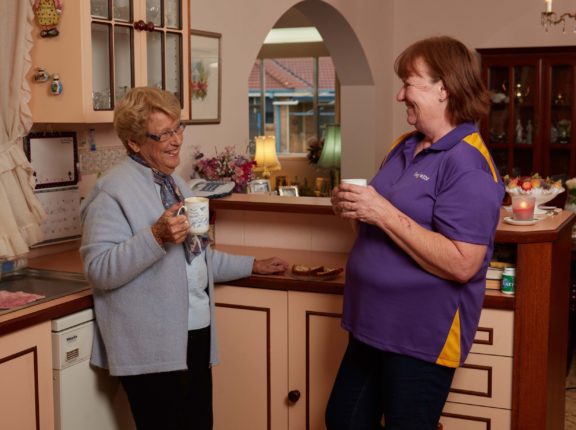A snapshot of the guide:
My Aged Care
Aged care is subsidised by the Australian Government to make services affordable and accessible for all seniors. If you’d like to start accessing government-funded aged care services, your starting point is My Aged Care.
My Aged Care can help you:
- Learn what types of services are available
- Apply for an assessment for government-funded services
- Estimate the fees you may have to pay
- Find aged care providers in your area
You can connect with My Aged Care through their website or by calling 1800 200 422.
Eligibility
You may be eligible for government-funded aged care if you are 65 years of age or older (50 years or older if you are an Aboriginal or Torres Strait Islander person) and need help to do the things you used to do.
If you are eligible, the government will pay a subsidy to an aged care provider on your behalf. The provider then delivers services to you, depending on your needs. You will be asked to contribute to the cost of your care if you can afford to.
The different types of aged care services
Everyone’s aged care journey is unique. To meet different needs, the government funds three types of aged care services:
- Help at home
- Short term care, and
- Aged care homes.
1. Help at home
Getting help at home doesn’t mean losing your independence – in fact, it’s the opposite. Getting help with some everyday tasks can actually help you stay independent for longer.
Help at home is funded by the government under several programs depending on the level of support you need. These include:
- Commonwealth Home Support Programme – for people who only need a handful of services to stay independent, such as help with housework and transport services.
- Home Care Packages – for people with more complex care needs who wish to live independently at home.
- Help at home for veterans – for senior veterans or a war widows/widowers who are eligible to access services through the Department of Veteran Affairs.
2. Short term care
If you’ve experienced an accident, illness or decline in health, you might need temporary support to help you continue living independently. Short term care provides services for a set period of time, perhaps a couple of days or for a few months.
The different types of government-funded short term care programs you can receive include:
- Short term restorative care – delivered by health professionals who help you manage or adapt to your changing needs.
- Transition care – help to get you back on your feet after a hospital stay.
- Respite care – when someone temporarily takes over your regular carers responsibilities – allowing carers to recharge their batteries.
3. Aged Care Homes
An aged care home is for seniors who can no longer live at home because they need ongoing help with everyday tasks and health care. They are also known as nursing homes or residential aged care facilities.
The application process
If you’re ready to start exploring your aged care options, the first step is to apply for an in-person assessment.
You can apply for an assessment online via the My Aged Care website, or if you prefer, you can call My Aged Care on 1800 200 422.
The online application process is quick and easy and covers all types of care (help at home, short term care and aged care homes). All you need is your Medicare card, a cup of tea and a spare 20 minutes!
There are three parts to the online application form:
- The first checks if you are eligible
- The second asks for some details
- The third asks who the assessor should call to arrange an in-person assessment
Choosing an aged care provider
Once you have been approved for government-funded aged care, it’s worth taking some time to explore your options, so you can choose an aged care provider that you’re happy with.
LiveBetter provides help at home and some short-term care (respite) services to seniors living in regional Australia. We are passionate about helping our customers maintain their independence and live in their chosen community for as long as possible. All our staff work and live locally, so they have a deep understanding of your community.
If you choose LiveBetter as your provider we’ll work closely with you to develop a care plan and package of services that suits you. We’re also happy to include your family or friends in any decisions made. We can’t wait to meet you.




